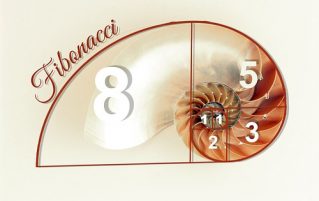

Sequences are everywhere! The Fibonacci sequence is found in many places in nature. It is a series of numbers in which the next number is calculated by adding the previous two numbers. It goes like this: 1, 1, 2, 3, 5, 8, 13, 21, 34, 55, and so on.
Drones are male honey bees which are the product of an unfertilized egg. Since a drone has only one parent (the mother), the next generation also has 1 member,the male drone. Two generations back there are 2 members (the mother and father of the mother). It is found that the members in each generation going back is 1, 1, 2, 3, 5, 8, 13, 21…, they follow the Fibonacci sequence. The Fibonacci sequence can also be found in other places in nature like branching in trees, arrangement of leaves on a stem,and the arrangement of a pine cone. Also on many plants, the number of petals is a Fibonacci number.
GCSE mathematicians – you need to be able to work with sequences. For help, try our new guide “How to work with Sequences: Part 1”. It includes information about numerical and geometrical sequences. In addition there are explanations of how to work out the nth term. As always there are questions to try, and answers to check your understanding.
Click on the picture below to see the guide.
If you found this useful and think you would benefit from some additional help, please contact us.
